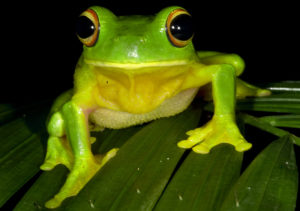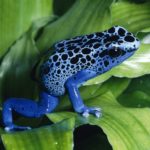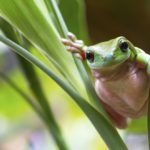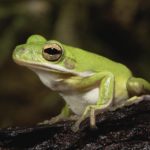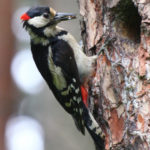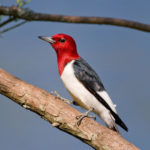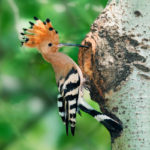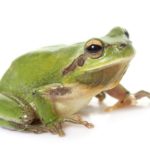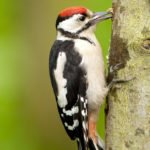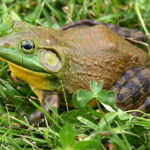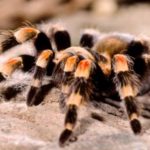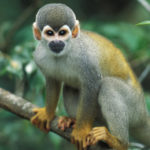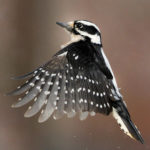Facts about tree frogs
 Among the brightly colored 175 species of tree frogs, only three represent a threat to humans, others mimic toxicity by their appearance, although they are not poisonous.
Among the brightly colored 175 species of tree frogs, only three represent a threat to humans, others mimic toxicity by their appearance, although they are not poisonous.- The size of the dangerous tree frog reaches 2-5 cm, and the female is larger than the male.
- Wood frogs climb trees through rounded endings on paws resembling suckers. Making circular movements with their limbs, they move fairly easily over the sheer plane of the tree trunk.
- Poisonous woodpeckers prefer to live alone, carefully guarding the boundaries of their territory, and converge only during the mating season after reaching the age of 2 years.
- Its bright coloring tree frogs acquire with age, the frogs always have an ordinary-looking brown color.
- The frog does not produce poison – it adsorbs the toxins of small insects. Poisonous secretions appear on the skin of the amphibian at the moment of danger and are caused by a specific “diet”, which includes termites, ants, flies, spiders and beetles. Wood frogs, grown in captivity, far from their natural habitat and deprived of the usual food, are absolutely harmless.
- Frogs-drevolazy lead both day and night life, climb on the ground and trees, when hunting use a long sticky tongue.
- The life cycle of frogs is 5-7 years, in captivity – 10-15 years.
